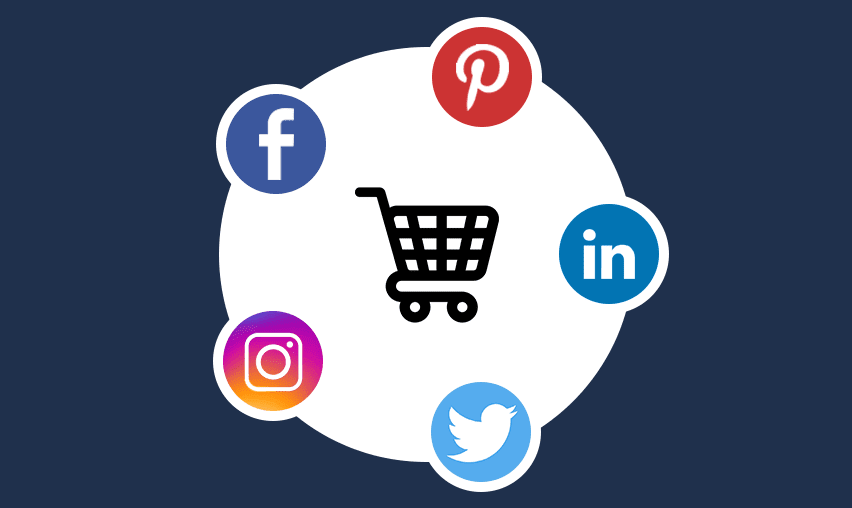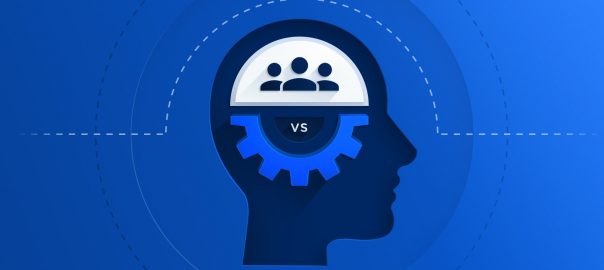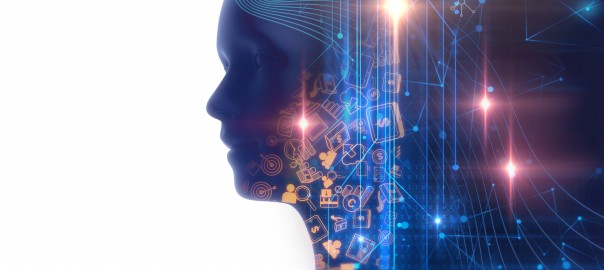In an era of rapid technological acceleration, every year brings new avenues to market services and methods to boost sales. While the metaverse lurks on the horizon, it’s still in the developmental stage. Meanwhile, the current digital marketing landscape has evolved significantly within the past few years. Software developers and business owners must keep up on the latest trends in order to ensure that they don’t fall behind their competitors.
Here are some of the biggest trends in digital marketing today:
PERSONALIZATION

Success in digital marketing is increasingly dependent on how companies collect data and leverage it toward personalized ads. Studies show personalization can deliver five to eight times the ROI on marketing spend.
Personalization at its most basic level entails targeting users based on their demographic or location. For example, Guinness created a hyper-localized ad campaign which incorporated a unique Facebook ad for every Guinness venue in the UK and Ireland. Over 30,000 localized video ads for over 2,500 bars were updated dynamically based on the rugby matches playing at a given time.
Personalization relies on three tenets: data discovery, automated decision-making, and content distribution. Major corporations like Amazon leverage more extensive data with automated decision-making dictated by robust AI algorithms. Netflix’s complex viewing algorithms determine what users may like to view next based on their past viewing habits. The result is not only improved user experience, but a more personal relationship with the brand.
SOCIAL COMMERCE

Projections from Accenture show social commerce will reach $1.2 trillion globally by 2025—about 300% faster than traditional ecommerce. Gen Z and Millennials will be the biggest spenders, accounting for 62% of social revenue by 2025. Platforms are working behind the scenes to improve customer experience by creating payment methods without leaving social media apps. Two major social platforms to watch are TikTok and Youtube.
TikTok usage has risen rapidly and reached 1 billion users and counting. Engagement has been titanic with users in the United States spending up to 850 hours per month on the app. It was the top earning non-gaming app in 2021 with $110 million spent by users and its potential will only grow as influencers earn huge amounts through sponsorship deals. TikTok is not just for Gen Z, it’s a rapidly growing network and brands are taking advantage by offering influencers huge amounts of money for branded content.
As brands move their investment in traditional TV models toward streaming, one platform which stands to benefit is Youtube. Global revenue for the video streaming channel soared to $29 billion, a 46% increase from 2020. Youtube is beginning to attract more traditional TV advertisers and consequentially, their ad business is nearly matching Netflix in revenue. While revenue is ascending, there remains significant headroom for major brands to up their investment in Youtube advertising as traditional cable models phase out.
IN-GAME ADVERTISING
Just over 50% of global revenue in the gaming industry is driven by mobile games. With gaming reaching a growth rate higher than all other entertainment industries, brands are looking to in-game advertising as a way of reaching a larger audience.
The gaming demographic has recently reached a 50-50 split between men and women. Contrary to most preconceptions, in-game advertising will help you reach a wider audience of both men and women. In-game advertising not only reaches a wider audience, it makes it easy to track click-throughs and analytics. Extensive analytics enable brands to collect very precise data about their customers and foster a deeper understanding of their habits.
Playable ads have arisen as a major hallmark for brands to market their games. Playable ads are interactive and encourage the user to try a snippet of functionality from the game. Check out the examples in the video below by Vungle.
CONCLUSION
Brands need to move as fast as the times if they hope to stay on the forefront of their industry. In the era of big data, the bigger your brand, the more possibilities digital marketing entails. As AI becomes more accessible, businesses of all sizes are wise to take advantage of the digital landscape and find ways to offer a more personal experience for their customers.


